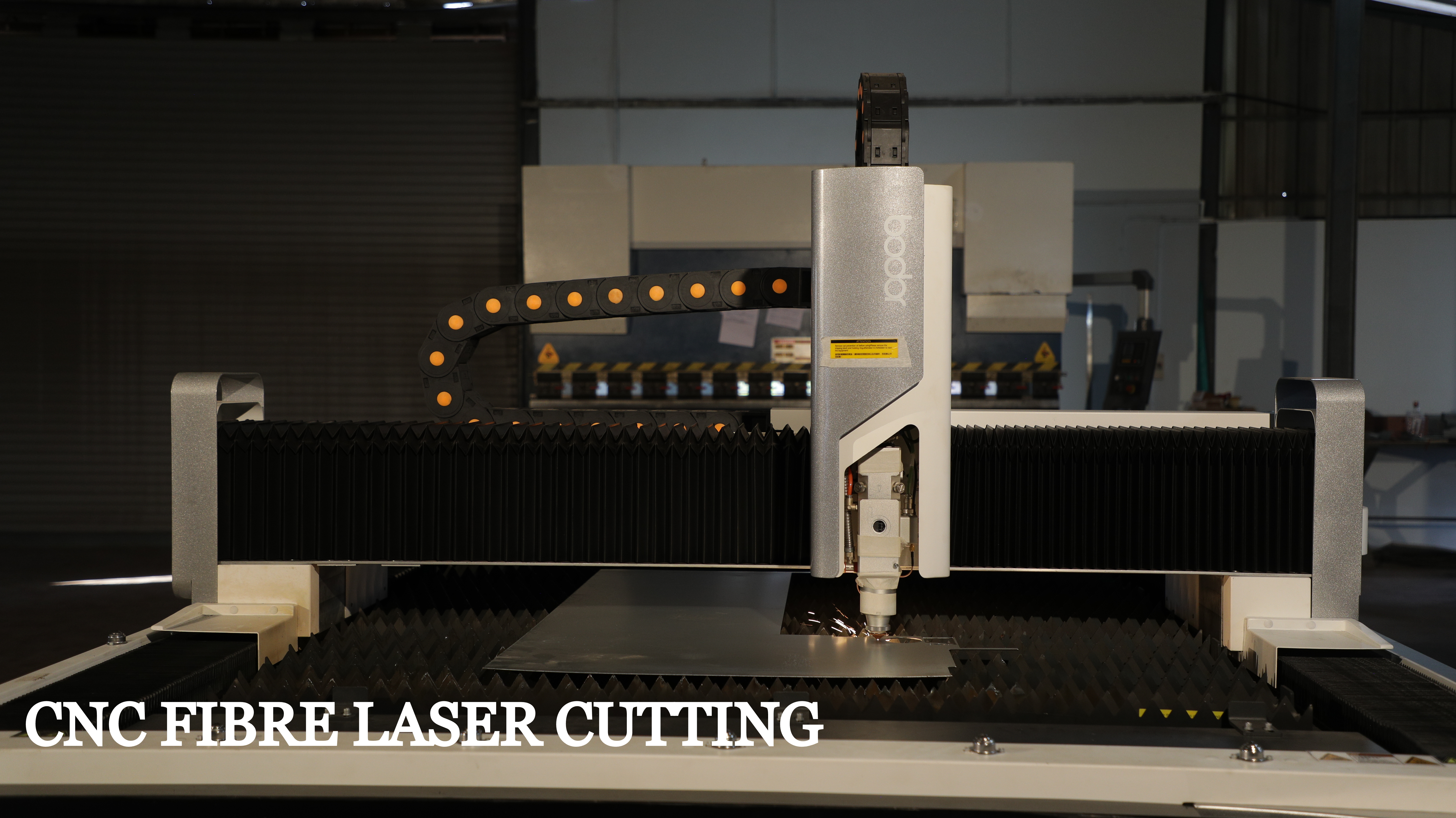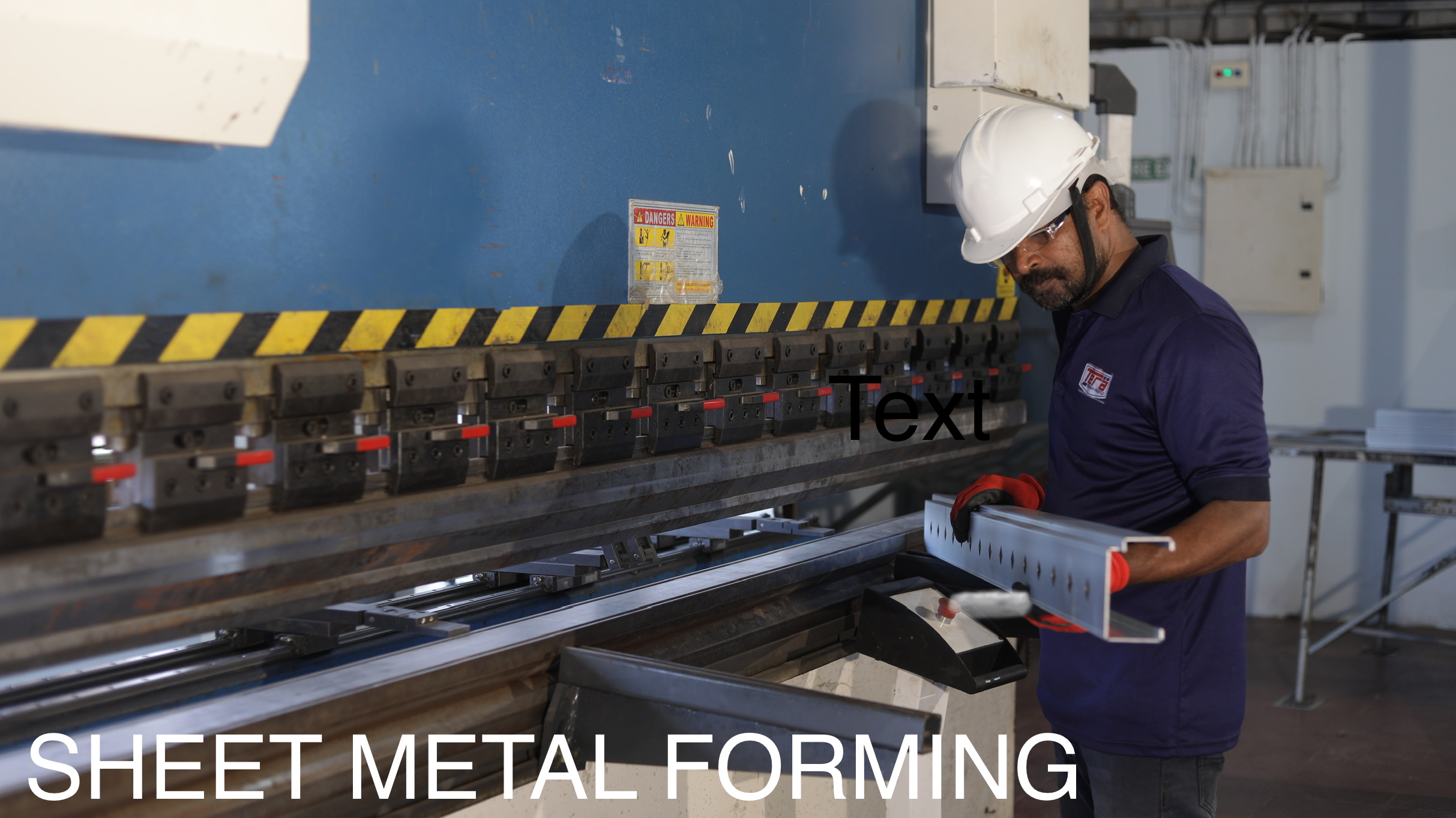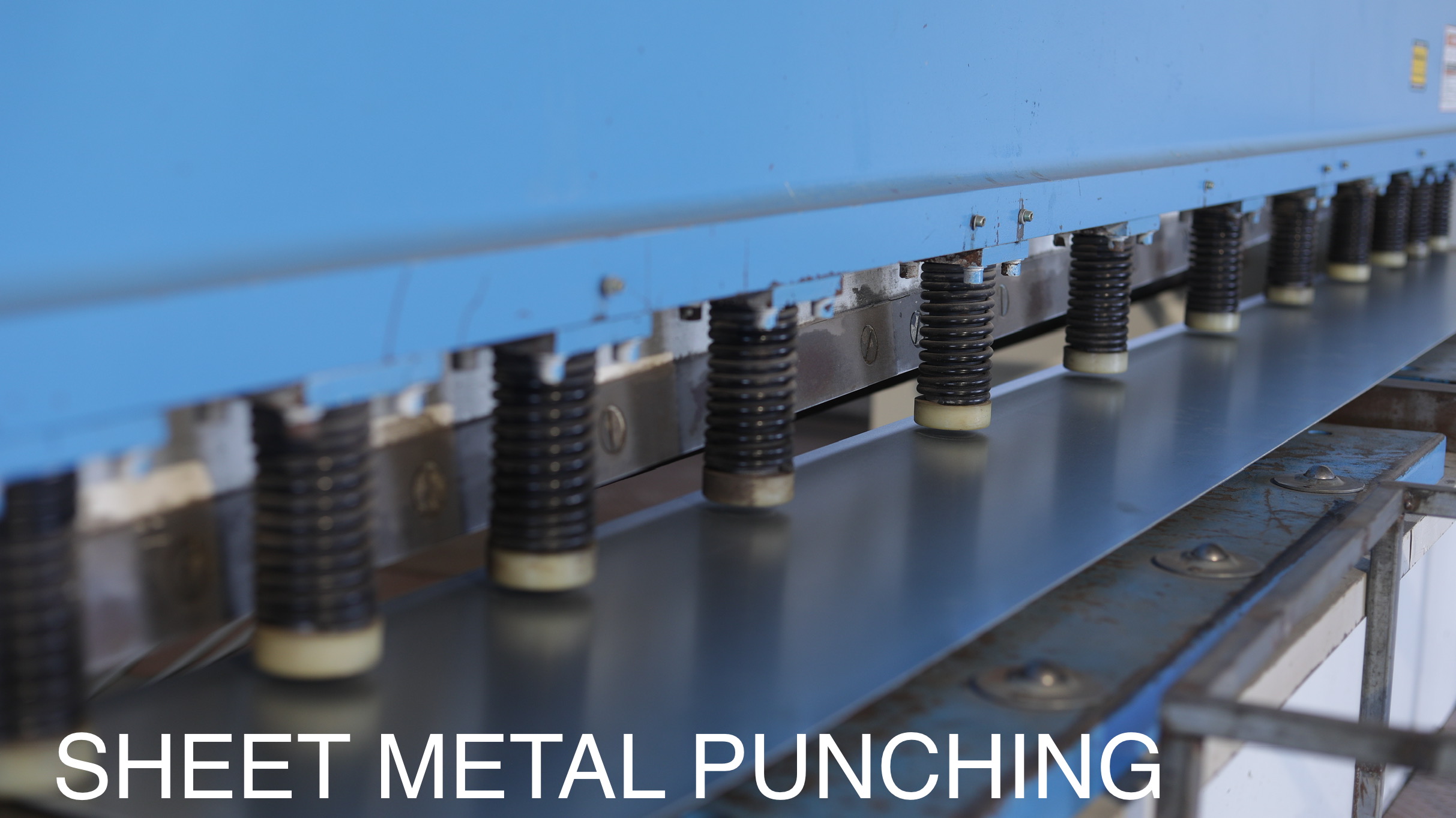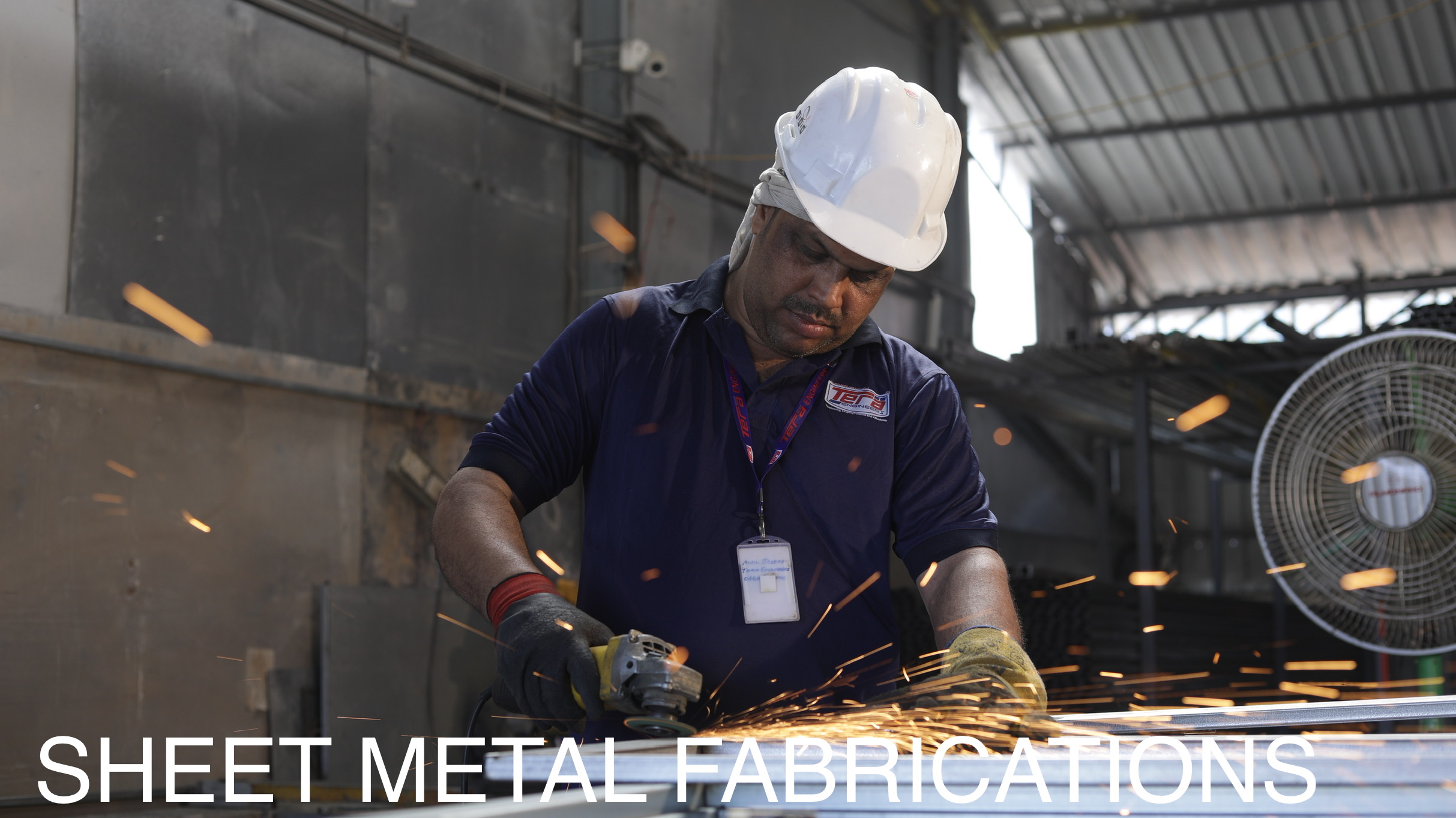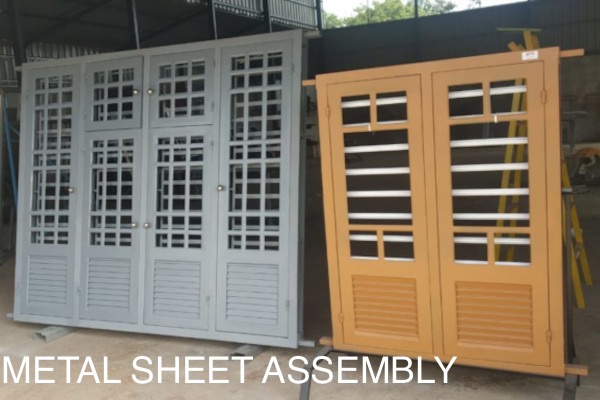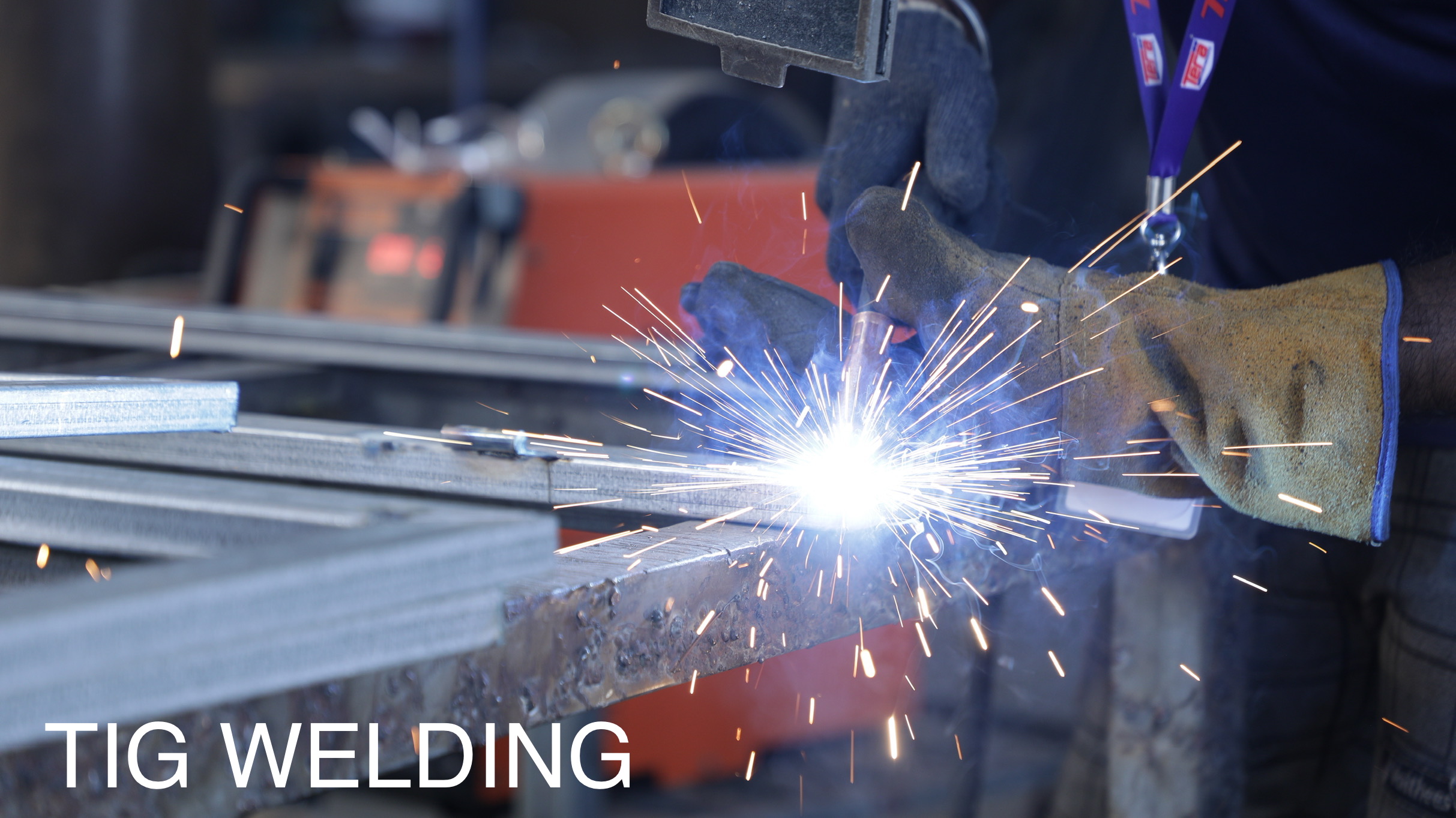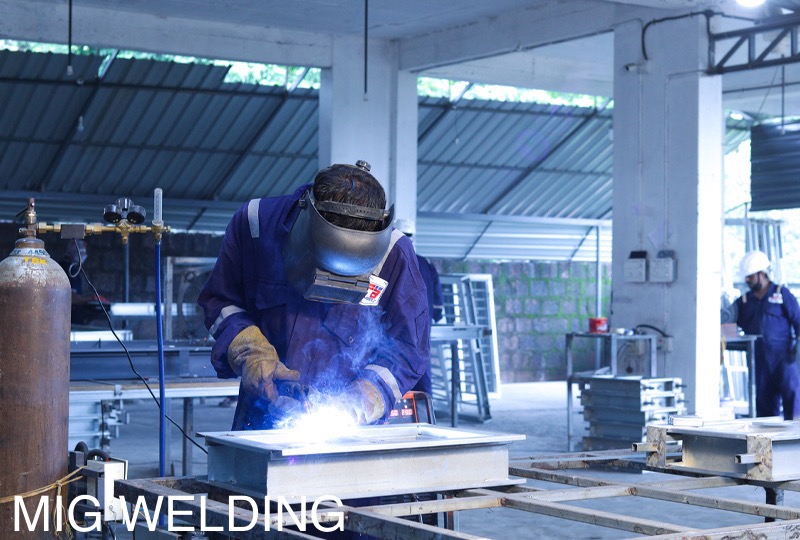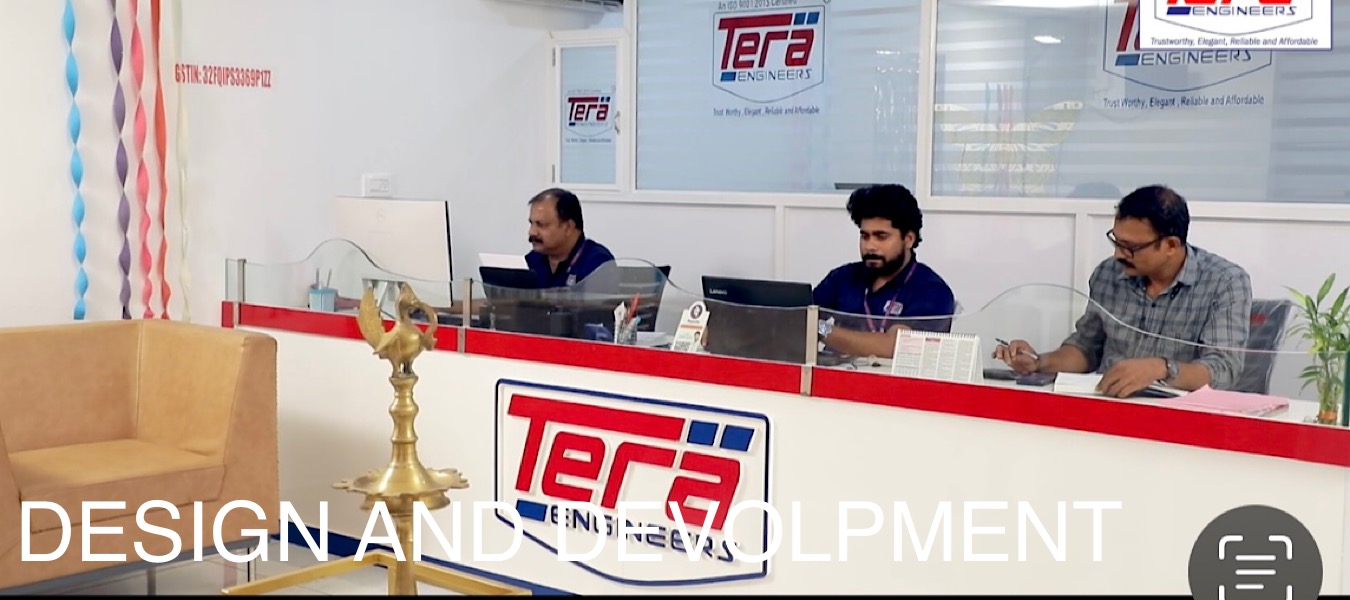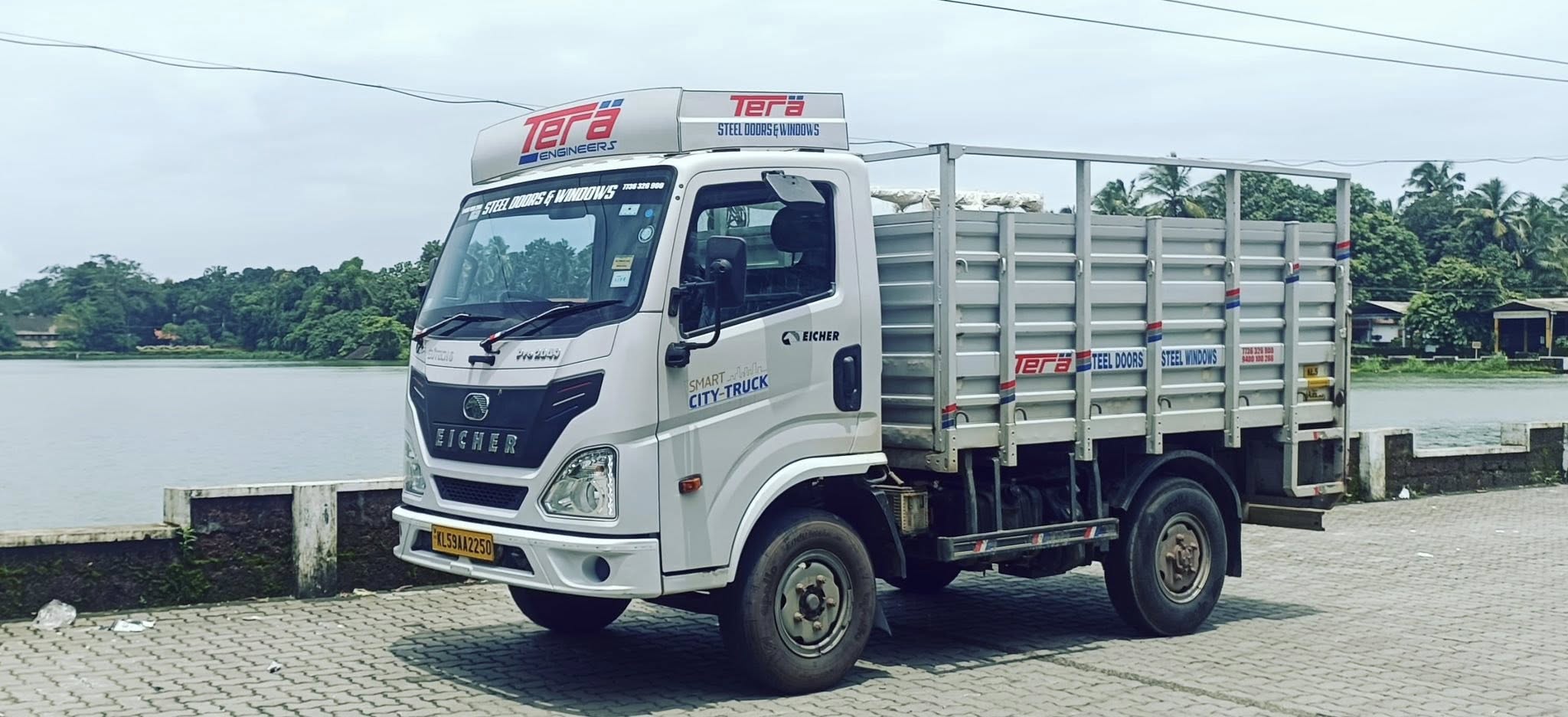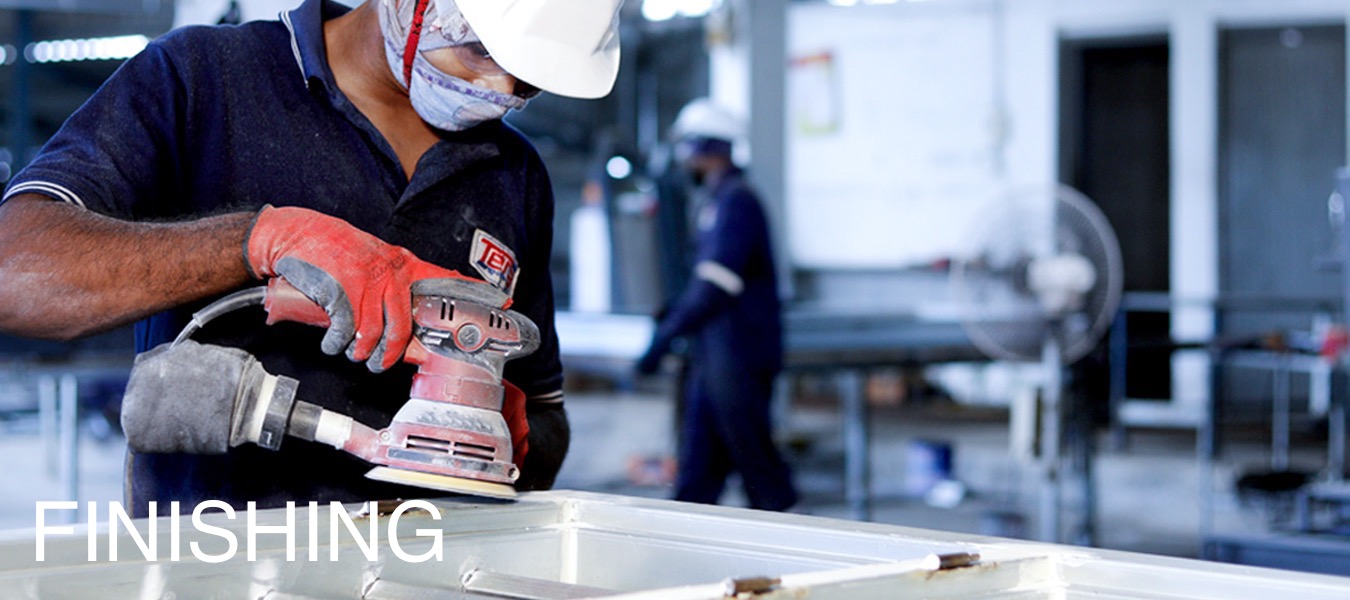Services
CNC FIBRE LASER CUTTING
we specialize in CNC fibre laser cutting technologies that provides unmatched precision, speed, and versatility. Our advanced laser cutting machines are designed to process a wide range of metals, including steel, aluminium, and stainless steel, ensuring sharp edges, intricate detailing, and premium-quality finishes with minimal waste. Our expertise allows us to produce both functional components and decorative designs, tailored exactly to customer specifications. From custom steel doors and designer main gates to decorative wall panels, room dividers, and privacy screens, we transform concepts into finished products with the highest accuracy and craftsmanship. Key Benefits of CNC Fibre Laser Cutting: Precision & Accuracy – Clean, detailed cuts with tight tolerances Efficiency – Fast processing for both small-batch and large-scale production Versatility – Capable of cutting various metals, alloys, and thicknesses Cost-Effectiveness – Reduced material wastage and minimized labour costs Design Freedom – Enables intricate patterns, complex geometries, and custom artwork Consistency – Delivers uniform quality across every cut, every time Durability – Ensures smooth, free edges for long lasting performance.
SHEET METAL FORMING
Sheet Metal Forming we specialize in sheet metal forming, transforming flat metal sheets into durable and functional products with precision and efficiency. Using advanced techniques such as bending, stretching, and stamping, we create high-quality components tailored to a wide range of applications. As an ISO-certified company, we are equipped with state-of-the-art machinery and advanced forming technologies, enabling us to deliver products with superior accuracy, durability, and consistency. From steel doors and windows to metal enclosures and architectural elements, our forming solutions are engineered to meet both structural and aesthetic requirements. Key Benefits of Our Sheet Metal Forming Services Versatility – Suitable for stainless steel, aluminium, mild steel, and other alloys. Precision – Ensures accurate, repeatable results for complex shapes and designs. Durability – Produces strong, reliable components built for demanding environments. Cost-Effectiveness – Optimized processes reduce waste and maximize material efficiency. Customization – Tailored to meet specific industry and project requirements.
SHEET METAL PUNCHING
Sheet metal punching is a commonly used method in sheet metal fabrication. It involves using a specialized machine called a punch press to punch holes, slots, or other shapes into a sheet of metal. The punch press is equipped with a punch and die set, which works together to cut the desired shape into the metal. One of the main advantages of sheet metal punching is its high accuracy. Punch presses are capable of punching holes and shapes with very tight tolerances, which makes them an ideal solution for producing parts with precise specifications. Additionally, sheet metal punching is a relatively fast process that can help keep production costs low. Another advantage of sheet metal punching is its versatility. Punch presses can be used to punch various shapes and sizes into various types of sheet metal, including steel, aluminum, and stainless steel. This makes it a popular choice for a variety of applications, from automotive and aerospace to electronics and construction. Overall, sheet metal punching is a cost-effective and efficient solution for producing accurate and high-quality parts.
SHEET METAL FABRICATION
Sheet metal fabrication is the process of creating metal structures, products, and components from thin sheets of metal. This process involves cutting, bending, and shaping the metal to create the desired shape and size. Gas welding, spot welding, TIG welding, MIG welding, and riveting are all common methods used in sheet metal fabrication. Gas welding uses a torch to heat the metal and create a molten pool, which is then fused. Spot welding uses an electrical current to melt and join two sheets of metal at a specific point. TIG welding uses a tungsten electrode to create an arc and melt the metal, while MIG welding uses a wire feed to join the metal. Riveting involves using a machine to insert and secure a metal pin into the sheets of metal. At our company, we offer a comprehensive fabrication and assembly system that includes all of these methods, as well as a highly skilled staff who are trained in industrial standard welding techniques. By utilizing a variety of techniques, we can provide customized solutions to meet the unique needs of each customer. In addition to welding, we also offer other fabrication services such as CNC punching, laser cutting, and metal bending. With our state-of-the-art equipment and skilled staff, we can provide high-quality sheet metal fabrication services for a wide range of industries, including automotive, aerospace, construction, and electronics.
SHEET METAL ASSEMBLY
Sheet metal assembly is a crucial part of the fabrication process. It involves joining multiple sheet metal parts together to create a finished product. At our company, we offer high-quality sheet metal assembly services that are tailored to meet your specific requirements. Our experienced staff is dedicated to providing the best assembly solutions for your needs. We have a comprehensive range of assembly techniques and equipment, including welding, riveting, and fastening, that allow us to assemble sheet metal components quickly and efficiently. We understand that every project is unique, and we work closely with our clients to ensure that their assembly requirements are met. Our team is trained to read and interpret technical drawings and specifications, allowing us to accurately assemble sheet metal parts to the exact specifications of the customer. We take pride in our attention to detail and commitment to quality. We use only the highest quality materials and equipment to ensure that every assembly meets our exacting standards. Our goal is to provide our clients with a finished product that is not only functional and durable but also aesthetically pleasing. Whether you require a simple sheet metal assembly or a more complex one, we are committed to providing you with the best service possible. Our focus on quality, efficiency, and customer satisfaction sets us apart from our competitors, making us the ideal partner for your sheet metal assembly needs.
TIG WELDING
Tungsten Inert Gas (TIG) welding is a welding process that uses a non-consumable tungsten electrode to produce a weld. TIG welding is often considered the most precise and versatile welding process, and it is particularly well-suited for welding thin metal sheets. TIG welding produces a very narrow and focused arc, which makes it ideal for welding thin sheets of metal without causing damage or distortion. Additionally, TIG welding uses a shielding gas, typically argon, to protect the weld area from contamination, resulting in clean, high-quality welds. TIG welding is also highly controllable, which allows welders to make precise adjustments to the heat input and welding speed. This precision and control make TIG welding a popular choice for welding intricate and delicate parts, as well as for welding in tight spaces or hard-to-reach areas. Overall, TIG welding is a highly effective welding process for thin metal sheets. Its precision, controllability, and ability to produce clean, high-quality welds make it a popular choice for a wide range of applications in industries such as aerospace, automotive, and electronics.
MIG WELDING
Metal Inert Gas (MIG) welding is a welding process that uses a consumable wire electrode to produce a weld. MIG welding is known for its speed and ease of use, and it is commonly used for welding thicker metal materials. MIG welding generates a large amount of heat, which is ideal for welding thicker materials. The process uses a constant voltage power source and a wire feed system, which allows for faster and more efficient welding. Additionally, MIG welding produces a larger weld pool, which results in deeper penetration and stronger welds.MIG welding is also versatile and can be used to weld a wide range of materials, including carbon steel, stainless steel, and aluminum. This makes it a popular choice in industries such as automotive, construction, and manufacturing. One advantage of MIG welding is its ability to weld in all positions, including flat, horizontal, vertical, and overhead. This flexibility makes it useful in a variety of welding applications. Overall, MIG welding is a highly effective welding process for thicker metal materials. Its speed, efficiency, and ability to produce strong welds make it a popular choice for many welding applications.
GAS WELDING
Gas welding is a welding process that uses a flame from a burning fuel gas to melt and join metal parts. The most common fuel gases used in gas welding are acetylene and propane, which are combined with oxygen to produce a flame that can reach temperatures of up to 6,000°F (3,315°C). Gas welding is a versatile welding process that can be used on a wide range of materials, including steel, aluminum, copper, and brass. It is particularly useful for welding thinner materials, such as sheet metal, due to its low heat input and ability to produce smooth, precise welds. Gas welding can be performed using a variety of techniques, including oxy-acetylene welding, oxy-propane welding, and air-acetylene welding. Oxy-acetylene welding is the most common and widely used gas welding technique and is often used for welding pipes, tubes, and other metal structures. One advantage of gas welding is its portability. Gas welding equipment is typically small and lightweight, which makes it easy to transport and use in remote locations. It is also a relatively inexpensive welding process compared to other welding techniques, such as TIG or MIG welding. However, gas welding has some limitations. It is slower and less efficient than other welding processes and may not be suitable for welding thicker or larger metal parts. Additionally, gas welding requires more skill and experience to perform than other welding processes, and it can be more difficult to produce high-quality welds.
SPOT WELDING
Spot welding is a welding process that involves the joining of two or more metal sheets by applying pressure and heat to a small area. The process involves clamping the sheets together between two copper electrodes and passing an electrical current through the metal, causing the metal to heat up and melt. When the metal cools and solidifies, it forms a solid bond between the two sheets. Spot welding is commonly used in the automotive industry for joining sheet metal parts in car bodies, as well as in the production of appliances, electronics, and other metal products. It is particularly useful for welding thin sheets of metal, as it can produce a strong and consistent weld without distorting the metal. Spot welding is a relatively fast and efficient welding process, and it is particularly well-suited for high-volume production applications. It also requires minimal preparation or post-weld finishing, which can help to reduce overall manufacturing costs. One of the advantages of spot welding is that it produces a small heat-affected zone, which reduces the risk of warping or distortion of the metal. Additionally, spot welding can be performed in a variety of positions, including flat, vertical, and overhead. However, spot welding does have some limitations. It may not be suitable for welding thicker or larger metal parts, and it may produce a weaker weld compared to other welding techniques. It also requires specialized equipment and may not be as versatile as other welding processes, such as TIG or MIG welding.
DESIGN AND DEVOLOPMENT
A leading manufacturer of steel doors & windows.Innovative sheet metal fabrication experts. Design and development refer to the process of creating new products or improving existing products through research, planning, and testing. It involves a wide range of activities, including conceptualizing ideas, designing prototypes, testing and evaluating product performance, and refining the design based on feedback. The design and development process typically begins with identifying a need or opportunity in the market, followed by researching the market, competition, and potential customers. This research helps to inform the design process by identifying customer needs, preferences, and pain points. Once the design concept is developed, designers and engineers create detailed specifications and drawings for the product, including materials, dimensions, and manufacturing processes. Prototypes are then created and tested to evaluate the product's performance, durability, and usability. Design and development also involve collaboration between different teams, including design, engineering, manufacturing, marketing, and sales. These teams work together to ensure that the product meets the needs of the market and can be produced efficiently and cost-effectively. The goal of design and development is to create products that meet customer needs and provide value to the market. It is an iterative process that involves continuous testing and refinement to ensure that the final product is high-quality, functional, and meets the needs of the target market.
DELIVERY SERVICES
We can deliver to most area of south India. Tera running own delivery network. Our delivery services can be a key factor in meeting customer expectations and providing a convenient shopping experience. Having the ability to deliver to most areas in South India can also provide a competitive advantage over other businesses that may have more limited delivery options. It's important to ensure that your delivery network is efficient and reliable, and that customers are informed about their delivery options and expected delivery times. Overall, offering delivery services can help to improve customer satisfaction and loyalty, and can contribute to the success of your business.
FINISHING
Finishing refers to the final processes that are done to a product to enhance its appearance and functionality. It involves a variety of techniques and processes that are used to create a smooth, attractive, and durable surface on a product. The type of finishing that is used depends on the material of the product, the intended use of the product, and the desired aesthetic effect. For example, metal products may be polished, brushed, or coated to protect against corrosion and improve their appearance. Wood products may be stained, painted, or varnished to protect the wood and create a desired color and texture. Finishing can also include processes such as sanding, buffing, and polishing to smooth out any imperfections and create a consistent finish. Additionally, finishing can include the application of coatings or treatments that provide additional protection against wear and tear, moisture, or other environmental factors. In summary, finishing is an important step in the production process that can improve the functionality, durability, and appearance of a product. By choosing the right finishing techniques and processes, manufacturers can create products that meet customer expectations and stand out in the market.

